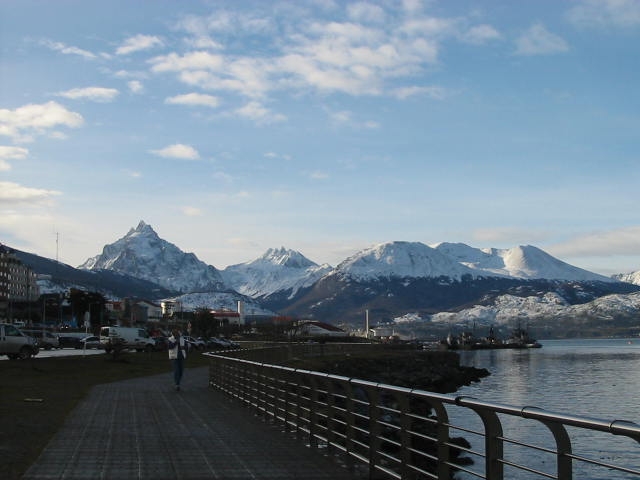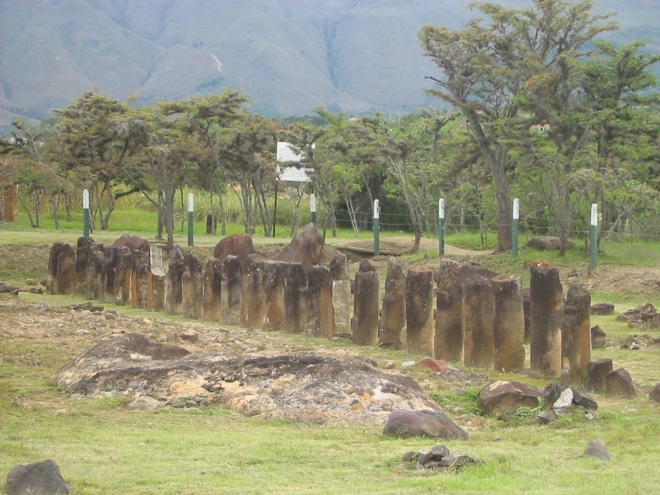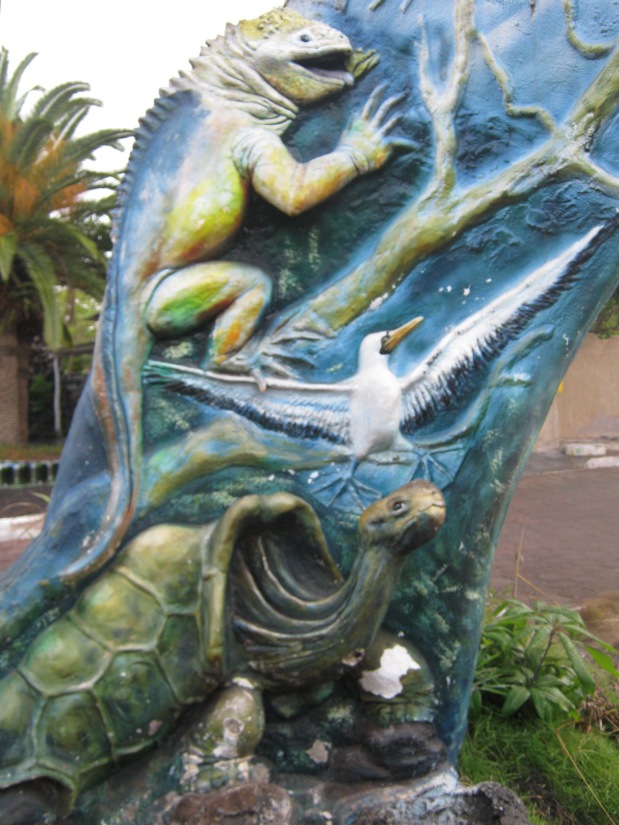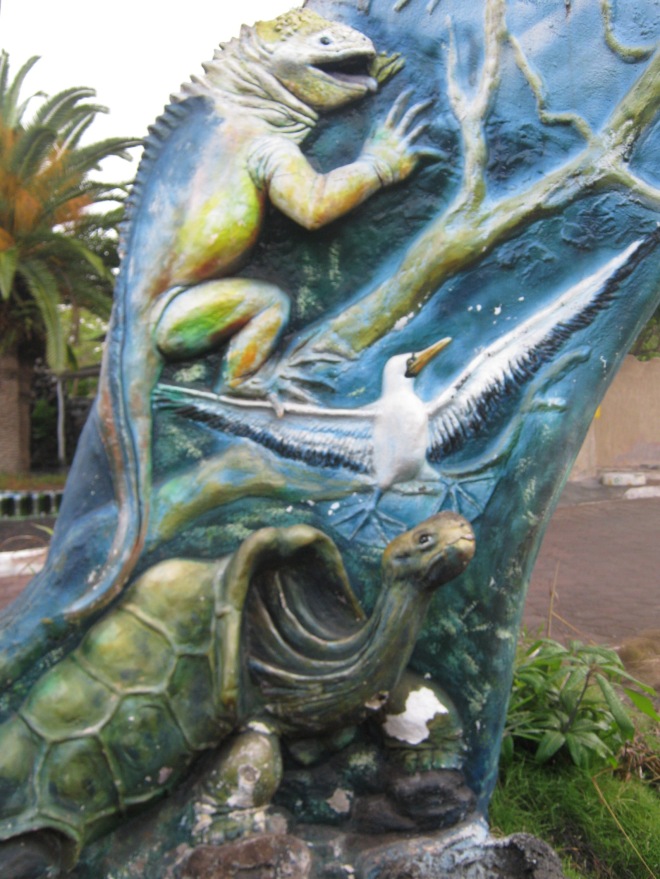The solstices and equinoxes are important times of the year, especially for peoples with earth-based religions. At these seasons, they gather across the globe to welcome a new year, or prepare for the sowing or the harvest season. From the northern hemisphere to the southern, in Europe and Asia, in Africa and the Americas, the people honor the sun and Mother Earth.
Throughout the America, these solar events are celebrated. In the Yucatán of Mexico, Maya descendants and New Age practitioners descend on Chichén Itzá. Throughout South America’s Andean region, from southern Colombia to northern Chile and Argentina, indigenous nations mark the solstices with raymi, or festivals. The most famous of these celebrations is the Inti Raymi, celebrated on or near the June solstice. In the Patagonia, traditional Mapuche celebrate the June solstice with Tripuinta, their New Year.
Traditions – of indigenous, migrant and other populations – also exist near the poles, where the solstices mark the shortest and longest nights of the year. Above the Arctic Circle in June and below the Antarctic Circle in December, the sun never sets. Instead, it inscribes a circle on the edge of the horizon.

Ushuaia (Argentina), 1309 kilometers (814 miles) from the Antarctic Circle, at the June solstice. photo © Lorraine Caputo
Interlude : Celebrating near the Poles
In Alaska, my co-workers anxiously awaited that day. As it approached, the car would be outfitted with supplies and a group would pile in to make the 400-kilometer (250-mile) trek up to the Arctic Circle. North of Fairbanks, the Dalton Highway was unpaved. Dangers included getting stuck in mud, bottoming out the car and ripping the oil pan out, and accidents. The risks, though, were outweighed by the excitement of seeing the Midnight Sun and having a break from the grind of scrubbing toilets and attending guests in a national park.
In Ushuaia, the longest night is celebrated in June. During the short day, races take place on a ski run constructed on the main street. At dusk, a group of us headed out to watch the Marcha de Antorchas (Torch Parade). A hard snow was spitting across the darkening sky. Down at the Town Hall, people were dancing at the live music hosted there. That event closed the night with a massive fireworks display.
But my interest was up at Parque Yatana, Ushuaia’s last stand of native forest where the native Yaghan people have a cultural center (25 de Mayo and Magallanes). We huddled around a blazing bonfire, listening to traditional legends, singing and drumming until the pale winter dawn began to paint the sky.
Marking Time
The solstice is when the earth is at its closest (summer) or furthest (winter) tilt from the sun. It is a time when the sun appears to stand still. The longest day and longest night occur at this time. The further north (or south) you go, the longer the time of light or darkness. Upon passing the Arctic and Antarctic Circles, you’ll experience over two months of pure light in summer, and pure night and twilight in winter.
The equinox occur midways between the two solstices, in March and September. As its Latin roots imply (æquus = equal + nox = night), the day / night ratio at all corners of the Earth is 12 hours / 12 hours. Only at the equator are days and nights equal all year long.
Naturally, the dates vary of when the equinoxes and solstices may occur: 19 – 21 March, 20 – 22 June, 21 – 24 September, and 20 – 23 December.
To calculate the date of the solstices and equinoxes, ancient societies constructed henges or stone calendars to show the sun’s movements. A particularly spectacular one is at Parque Arqueológico de Monquirá, called “El Infiernito” by locals. This ancient Muisca site near Villa de Leyva in Colombia has two parts. The first is a calendar of 36 stones in parallel lines that marks the sun’s movements, showing the time when the earth (and the women) would be most fertile and planting should begin. The second is a phallic forest where Muisca women performed fertility ceremonies.

Raymi ceremonies are usually held at places of historical important, like archaeological sites. In Quito, Inti Raymi is celebrated on Plaza San Francisco, where some claim Inca Atahualpa’s palace once stood. photo © Lorraine Caputo
The Raymi
Although the raymi solar festivals are associated with the Inca Empire, they are, in fact, millennia-old traditions. even. These ceremonies show veneration and respect to the sun, Pachamama (Mother Earth), the moon and stars, and celebrate the planting or harvest seasons. Rituals include baths, purification and healing ceremonies, as well as thanks giving to the powers of the Cosmos.
After the arrival of the Spaniards, the Raymi and other celebrations took on a Catholic façade. In this way, the indigenous could maintain their traditions in the face of the Inquisition and other deadly threats. This meant moving the dates of celebrations to that of a particular saint or other holy day, or incorporating it into the nine-day novena preceding the saint’s days. The same phenomenon probably explains European traditions like Midsummer’s Eve, which coincides with John the Baptist’s feast day.
The Andean indigenous cosmovision has four festivals or raymi: Inti, Kulla, Kapak and Pawkar. all include dancing, disguises or costumes, and special foods.
If you are traveling at any of these seasons, your best chance of seeing (and perhaps joining in) on the festivities are in areas with a strong indigenous sense of pride, especially in Ecuador, Peru and Bolivia. Remember to be respectful of the ceremonies – and, please, ask beforehand if photos are allowed to be taken.
- June solstice
- Catholic façade: Saint John the Baptist (San Juan Bautista), whose feast day is 24 June
Inti Raymi (Sun Festival) is the most famous of the Andean sun festivals. For communities south of the equator, this marks the longest night and the coldest time of the year. Like Northern Europe’s Winter Solstice or Yule celebrations, it is a beseeching to the Sun that he return, bringing life back to Earth.
Inti Raymi was banned by the Catholic Church in 1572. It continued to survive, though, in secret or hidden under the guise of San Juan Bautista.
The most renowned Inti Raymi is held on Saint John the Baptist’s day. This is the full-out, theatrical performance held every 24 June in Saqsayhuaman, near Cusco, Peru. It recreates the grandiose ceremonies designed by Inca Pachacútec and described by the chronicler, Inca Garcilaso de la Vega. Entry to the event is free; but if you want a seat during the five-hour ceremony, expect to pay top dollar.
In Bolivia, the June solstice is a national holiday: Año Nuevo Aymara, or the Aymara New Year.
Kulla Raymi
- September equinox
- Catholic façade: Virgin of Mercy (Virgen de la Merced), whose feast day is 24 September
Kulla Raymi (Planting Festival), called Coya Raymi in Quechua-speaking areas, is dedicated to the moon (Quilla) and to women. Pachamama is fertile and thus, it is time to plant the year’s crops. As well as being a fertility ceremony, a purification ritual is performed to drive away negative energies and spirits.
Kapak Raymi
- December solstice
- Catholic façade: Christmas, which is 25 December
At Kapak Raymi (the Great Festival), the female energy of the Universe is at her peak. It is the time of the release of potentials: in politics, and in family, personal and community relationships. It is also an important time for children and their growth. Now is when spiritual and political leaders are celebrated and the baton of power is passed on.
Pawkar Raymi
- March equinox
- Catholic façade: Annunciation of the Blessed Virgin (Anunciación), which is 25 March, or with Carnaval
Pawkar Raymi (Flowering Festival) is when thanks are given for the fruits of Pachamama. Water is another honored element (and commonly used in Andean carnaval celebrations). This raymi also involves a purification ceremony as well as a communal meal that includes potato, mote (hominy), cuy (guinea pig), chicha and other foods.






